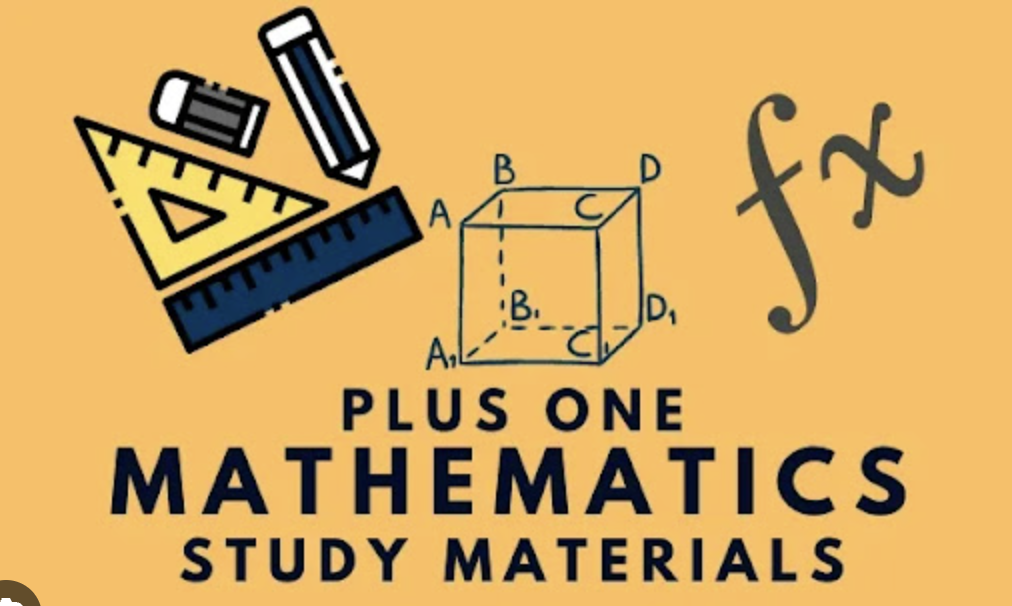This chapter examines ordered collections of numbers (sequences) and the sums of their terms (series). Students will explore arithmetic and geometric sequences, special series, convergence properties, and methods for finding sums of infinite series. Through this study, students develop pattern recognition skills and learn mathematical tools that model growth processes, financial calculations, and physical phenomena. These concepts form the foundation for calculus and are essential for understanding functions as infinite series.
Chapter 9: Sequences and Series
A sequence is an ordered list of numbers following a pattern, while a series is the sum of the terms of a sequence.
Arithmetic Progression (AP):
A sequence where each term differs from the preceding term by a constant value (common difference).
- General Form: a, a+d, a+2d, a+3d, …
- nth Term: aₙ = a + (n-1)d
- Sum of n Terms: Sₙ = n/2[2a + (n-1)d] = n/2(a + l) where l is the last term
Geometric Progression (GP):
A sequence where each term is a constant multiple (common ratio) of the preceding term.
- General Form: a, ar, ar², ar³, …
- nth Term: aₙ = ar^(n-1)
- Sum of n Terms: Sₙ = a(1-r^n)/(1-r) for r≠1
- Sum of Infinite GP: S∞ = a/(1-r) for |r| < 1
Harmonic Progression (HP):
A sequence where the reciprocals of the terms form an arithmetic progression.
- General Form: If aₙ forms an HP, then 1/aₙ forms an AP.
Arithmetic Mean (AM):
AM between a and b is (a+b)/2
Geometric Mean (GM):
GM between a and b is √(ab)
Harmonic Mean (HM):
HM between a and b is 2ab/(a+b)
Special Series:
- Sum of n natural numbers: 1 + 2 + 3 + … + n = n(n+1)/2
- Sum of squares: 1² + 2² + 3² + … + n² = n(n+1)(2n+1)/6
- Sum of cubes: 1³ + 2³ + 3³ + … + n³ = [n(n+1)/2]²
Complete Chapter-wise Hsslive Plus One Maths Notes
Our HSSLive Plus One Maths Notes cover all chapters with key focus areas to help you organize your study effectively:
- Chapter 1 Sets
- Chapter 2 Relations and Functions
- Chapter 3 Trigonometric Functions
- Chapter 4 Principle of Mathematical Induction
- Chapter 5 Complex Numbers and Quadratic Equations
- Chapter 6 Linear Inequalities
- Chapter 7 Permutation and Combinations
- Chapter 8 Binomial Theorem
- Chapter 9 Sequences and Series
- Chapter 10 Straight Lines
- Chapter 11 Conic Sections
- Chapter 12 Introduction to Three Dimensional Geometry
- Chapter 13 Limits and Derivatives
- Chapter 14 Mathematical Reasoning
- Chapter 15 Statistics
- Chapter 16 Probability
